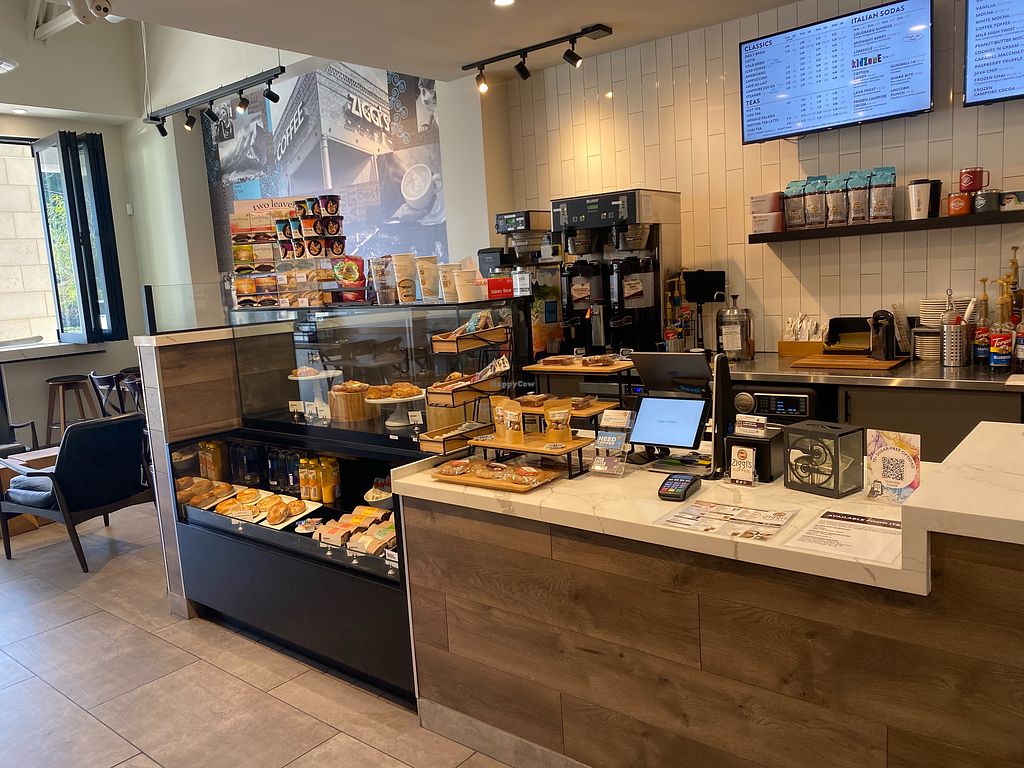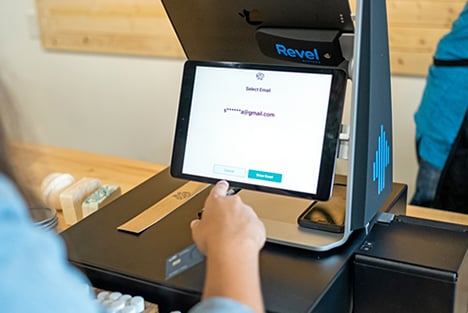Call Sales: +1 (833) 437-3835
Call Sales: +1 (833) 437-3835
Coral Drake | January 9, 2024 |

Consumer behavior is an ever-evolving phenomenon. As such, in the last few years we’ve witnessed e-commerce growth skyrocket as it went from a novelty, to a preference, to a necessity.
Omnichannel retail has become omnipresent as customers increasingly expect a unified experience from their computer, to their phone, to a physical storefront.
Here’s what you need to know about changing consumer behavior trends in retail and how agile retail models can enable you to thrive, even as the retail industry continues to flux.
E-commerce growth has been fueled by more consumers choosing the convenience of shopping from home over going to the store. However, when customers do go to a physical store, they expect consistency.
Consumers look for a seamless shopping experience across multiple channels. Whether it’s researching a product online and buying in-store or vice versa, the lines between different shopping channels are blurring.
With the rise of same-day delivery services and easy-to-use mobile apps, consumers are expecting faster, more convenient shopping experiences. Retailers are responding with efficient logistics, user-friendly digital platforms, and streamlined in-store processes.
This shift towards a less personal shopping experience has resulted in a craving for personalization in today's consumers. They not only appreciate when retailers recognize their preferences and provide tailored product recommendations, customized deals, and relevant marketing messages, but choose retailers who offer this personalization over those that don’t.
The personal experience extends to social and moral issues as well. Modern consumers are more value-conscious, not in terms of price but in the quality and sustainability of the products. They are increasingly supporting brands that align with their personal values, such as environmental responsibility and ethical business practices.
To help them choose where to shop, many consumers are turning to online social networks. Social media platforms have become significant drivers of consumer behavior. Influencers and peer reviews play a major role in purchasing decisions.

Today’s customers expect agile retail models that meet them where they are. Omnichannel retail strategies create a seamless experience, eliminating the line separating a retailer's physical and digital presence.
With omnichannel retailing, customers have a consistent and integrated shopping experience whether they're browsing online, on a mobile app, or in a brick-and-mortar store.
Different prices and availability online and at the store are a recipe for angry customers. Synchronizing inventory management across all platforms ensures products are available and priced consistently, regardless of where and how customers shop.
Regardless of how you’ve sold most of your products in the past, today’s market demands a strong online presence. E-commerce growth has skyrocketed as consumer behavior shifts more towards online shopping than ever. That means your brand needs to compete online to survive.
Here are a few basics to building a winning online presence that supports robust omnichannel retail:
A managed storage provider like Amazon Web Services or Google Cloud is crucial for online stores. They offer scalable solutions to handle fluctuating traffic and storage needs.
For example, a small e-commerce business might start with basic cloud storage but can quickly scale up during peak seasons like Black Friday without any disruption to service.
Modern data analytics offers extraordinary insights into customer preferences and shopping habits. This information can help you tailor marketing messages, offer personalized product recommendations, and create customized promotions.
This data is the foundation upon which you can build a meaningful relationship that significantly influences customers behavior, building loyalty that keeps customers with you even as prices and trends fluctuate.
Data analytics reveals essential information about consumer trends so you can predict future behaviors and make informed decisions. Analyzing sales data, customer demographics, and foot traffic data reveals insights into product popularity, peak shopping times, and customer profiles to optimize inventory, tailor marketing campaigns, and improve store layouts.
Foot traffic data can reveal how customers move through a store, identifying hot spots and underutilized areas. For example, a shoe store might find that a certain promotional display attracts more attention when placed near the front than the back and strategically place them to maximize exposure to key products.
Analyzing sales data can highlight best-selling items or underperforming categories. A bookstore, for example, might discover that while fiction has historically been their top-selling genre, there's growing interest in cookbooks, prompting them to expand that section.
Understanding customer demographics enables retailers to tailor marketing efforts. A high-end fashion retailer might focus on targeting younger demographics with digital marketing campaigns if data shows a significant portion of their clientele is in the 25-34 age range, while a bakery may find more success with email and outdoor ads for a demographic that’s mostly over 50.
Recording customer interactions, like how often they seek help from store staff or their responses to in-store promotions, is incredibly useful. A tech store might notice that customers often ask for demonstrations of complex products, prompting interactive display units to inform customers so that they don’t have to ask for help.

Building robust customer relationships depends on actively engaging customers, providing value that goes deeper than transactions. Loyalty programs, customer satisfaction surveys, and engaging with customers on social media are effective ways to build long-term relationships.
Today’s retailers shouldn’t depend on building relationships with customers all by themselves. Collaboration with local influencers and partners greatly enhances brand visibility and credibility. Today’s customers trust influencers, and consumer behavior is significantly impacted by the recommendations of their favorite social media personalities.
Retailers can collaborate on marketing campaigns, sponsor local events, or create co-branded products. These partnerships enable retailers to reach new audiences and build strong community engagement for superb brand recognition.
Unboxing videos are a pastime even for people with no intention of buying the product, so you can imagine how much packaging matters in promoting the products your customers do want to buy.
Today’s consumer cares how their products arrive. Creative packaging, like Apple's sleek and minimalist boxes, make the product seem more attractive. Reusable or eco-friendly packaging attracts customers who value environmental responsibility.
This attention to detail turns a simple unboxing into a memorable event. Even better if customers or influencers share their experience on social media, promoting the brand.
Consumers may be doing more online shopping than ever before, but that doesn’t mean the brick and mortar doesn’t matter anymore.
In building a strong omnichannel retail experience, you need a storefront with wow factor. Vibrant murals, thematic designs, and attention getting architecture on storefronts can help you attract shoppers.
In fact, unique designs can become landmarks in your communities, compelling both new and repeat customers.
Retail innovation can enable your business to sway with the tides of consumer behavior. A powerful POS system to track inventory and gather data is your front line of advancing ahead of your competitors.